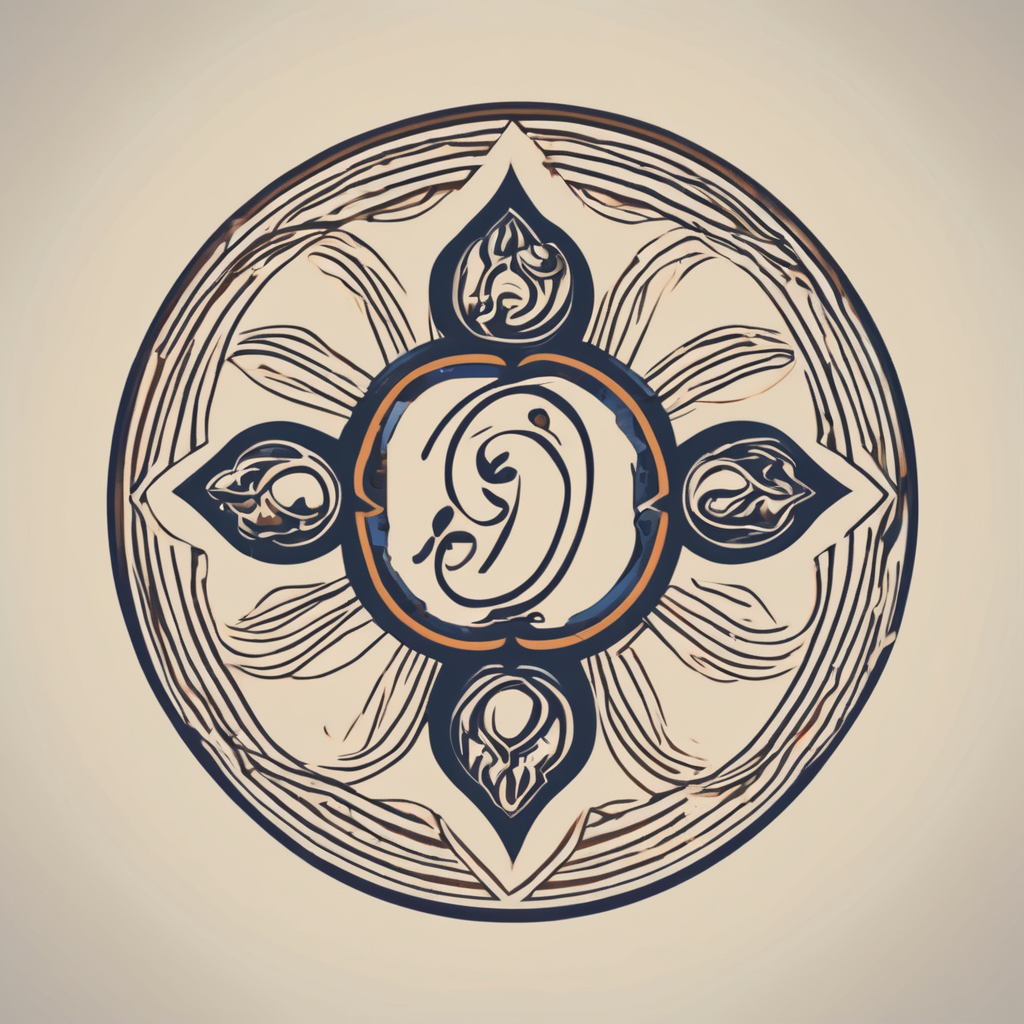Decade-by-Decade Evolution of Women’s Fashion in the UK
The UK women’s fashion history in the 20th century offers a vibrant tapestry of shifting styles reflecting social changes. Beginning with the 1900s, Edwardian fashion emphasized elegance with corseted waists and flowing skirts, showcasing a refined silhouette.
Moving into the 1920s, the fashion timeline UK embraced the flapper look: dropped waistlines, shorter hemlines, and loose fits symbolized newfound freedom and social progress. Iconic garments included beaded dresses and cloche hats.
This might interest you : How Can UK Women’s Fashion Revolutionize Sustainability?
The 1940s marked wartime practicality, with utilitarian suits and tailored dresses dominating UK women’s fashion history. Shoulder pads and A-line skirts added structure while adhering to rationing constraints.
In the 1960s, fashion exploded into boldness—miniskirts, psychedelic prints, and mod styles became signature looks. This era highlighted experimentation and youth culture, making it a standout segment on the fashion timeline UK.
Topic to read : How Do Historical Trends Influence UK Women’s Fashion Today?
Each decade’s evolution offers visual contrasts in silhouettes and garment choices that mirror the era’s cultural mood. By examining these shifts, one gains insight into both style and society in the UK throughout the 20th century.
Influential Social and Cultural Forces
The evolution of fashion and society in the UK has been deeply intertwined with shifting women’s roles and expanding opportunities. As women entered the workforce and embraced greater social freedoms, their clothing reflected newfound independence and practicality, moving beyond traditional constraints. This shift was pivotal in redefining not only personal style but societal norms.
Equally crucial was the impact of British subcultures, where music and youth groups like the mods, punks, and goths forged distinctive looks that challenged mainstream fashion. These subcultures provided a platform for self-expression and rebellion, influencing broader trends. Their styles were often dynamic responses to political and social climates, embedding fashion within cultural identity.
Technological advances further transformed fashion by introducing new materials and production methods. Synthetic fabrics and improved manufacturing expanded possibilities for design and accessibility, enabling rapid changes and diverse styles. This innovation supported the creative freedom that youth and subcultures celebrated, while also adapting to the practical needs stemming from changing societal roles.
By understanding these interwoven social forces, it becomes clear how British fashion continuously mirrors cultural shifts, especially regarding women’s roles and youth movements.
Notable British Designers and Influencers
British fashion designers have long shaped the global style landscape. Icons like Alexander McQueen and Vivienne Westwood championed innovative designs blending punk attitude with high fashion, cementing their status as UK fashion icons. McQueen’s theatrical runways and Westwood’s rebellious spirit redefined modern British fashion, influencing countless emerging designers.
Public figures also play a pivotal role in fashion influence. Celebrities such as Kate Moss and David Beckham have propelled trends into the mainstream, turning British style into a global phenomenon. Their distinctive looks inspire both designers and consumers alike, demonstrating the symbiotic relationship between designers and public figures.
In recent decades, emerging British fashion designers continue this legacy. Labels like JW Anderson and Simone Rocha bring fresh perspectives by combining traditional craftsmanship with contemporary sensibilities. Their work highlights the evolving nature of British fashion, ensuring that fashion influence remains dynamic and forward-thinking.
Together, these designers and influencers illustrate the rich, layered history of British fashion, shaping trends from runway to streetwear and inspiring new generations in the UK and beyond.
Fashion Shifts: Comparison Between Decades
Exploring how fashion trends change from one decade to another reveals fascinating patterns. The UK’s style evolution is marked by distinct contrasts and some striking continuities. For instance, the 1960s celebrated bold colors and mod silhouettes, while the 1970s embraced more relaxed, bohemian vibes. This marked a clear trend evolution, driven largely by social movements and cultural shifts.
Comparing successive decades shows that while certain elements fade, others persist. The 1980s’ penchant for power dressing and strong shoulders reflected economic ambitions, contrasting the minimalist styles of the 1990s. Yet, modern fashion often revisits these eras, showing how past decades imprint lasting influences—such as 70s flared trousers or 90s grunge—on today’s UK streetwear.
Several factors contribute to these shifts: economic changes affecting textile availability, media influences, and evolving public values around identity and expression. Technology’s role cannot be ignored either; advances in fabric and production methods also shape trend evolution. Understanding these dynamics offers insight into why some styles endure and others quickly fade, illustrating the cyclical nature of fashion in the UK.

